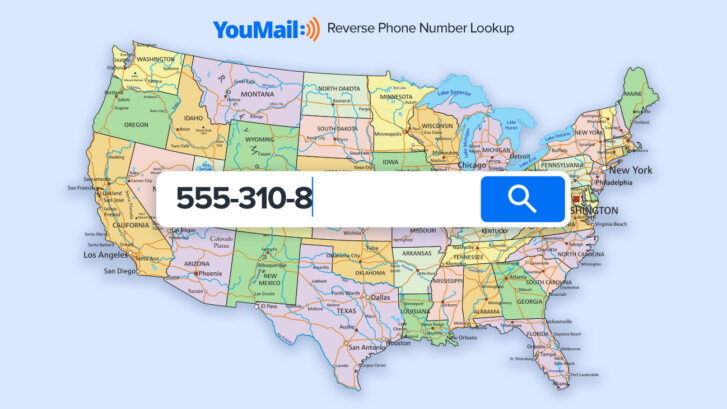Caller ID spoofing is the practice of causing the telephone network to display a number on the recipient’s Caller ID display that is not that of the actual originating station. Essentially, it’s a technique used to disguise the true origin of a call. This can be done for a variety of reasons, such as to trick someone into answering the phone, to impersonate another person, company, or government entity, or to hide the caller’s identity for privacy reasons.
Legitimate uses for caller ID spoofing
There are legitimate uses for caller ID spoofing, such as when a doctor calls a patient from their personal phone but wishes the office number to appear, or when a business wants their main number to show up when employees call from various extensions. However, caller ID spoofing is more frequently associated with fraudulent and deceptive practices. It’s often used in scams where the caller pretends to be from a bank, the IRS, or another trusted entity to trick the recipient into providing personal information or money.
Laws and regulations around caller ID spoofing
There are laws and regulations in many countries aimed at curbing malicious caller ID spoofing. For example, in the United States, the Truth in Caller ID Act prohibits knowingly using misleading or inaccurate caller ID information with the intent to defraud, cause harm, or wrongfully obtain anything of value. However, enforcement can be challenging, especially when calls originate from outside the country.
How to protect yourself from Caller ID spoofing
To protect against caller ID spoofing, it’s important to be skeptical of unsolicited calls, especially those requesting personal information or financial transactions. Verifying the caller’s identity by calling back the official number found on websites or statements is a safer practice. Additionally, various call-blocking apps and services can help filter out potential scam calls.
Find out who is calling you
Apps that block Caller ID Spoofing
YouMail is a service that offers call blocking and visual voicemail features, among others. It’s designed to help users manage their incoming calls more efficiently, especially in combating spam, robocalls, and caller ID spoofing. Caller ID spoofing, as mentioned earlier, involves altering the caller ID to display a different number than the actual originating number, often for fraudulent or deceptive purposes.
YouMail addresses this issue by using advanced algorithms and a vast database of known spam numbers to identify and block unwanted calls. When it comes to caller ID spoofing, YouMail can help in several ways:
- Spam Call Blocking: YouMail identifies calls from numbers known to engage in spam or scams, including those that use spoofed IDs, and automatically blocks them. This reduces the chances of fraudulent calls reaching the user.
- Reverse Lookup Services: YouMail offers reverse lookup services that can provide more information about an unknown number, helping users to identify potential spoofed calls.
- Customizable Call Responses: Users can customize how calls are handled, such as sending unknown or suspicious numbers directly to voicemail. YouMail’s voicemail can be set to play different messages based on the caller, which can deter spammers.
- Visual Voicemail: This feature transcribes voicemail messages, allowing users to quickly review the content without having to listen to potentially malicious or spammy messages.
- Community-Based Feedback: YouMail relies on its user community to report and tag spam numbers, continuously updating its database with new information on potential threats. This community-driven approach helps in quickly identifying and blocking new spoofing attempts.
While YouMail can significantly reduce the number of unwanted calls, including those using caller ID spoofing, it’s important to note that no service can block 100% of these calls due to the nature of spoofing technology and the constant evolution of spam tactics. Users are encouraged to remain vigilant, never share personal information over the phone without verification, and use additional protective measures alongside services like YouMail.
More on Caller ID Spoofing:
- Who’s That Call Really From? A Guide to Unmask Unknown Callers with Reverse Lookup

- Is This Number Safe?

- How to Look Up the Phone Number of Someone Who is Calling You: A Guide to Reverse Phone Number Lookups and Why You Should Be Aware of Scam Calls

- Free ways to find out who is calling you with reverse lookup


